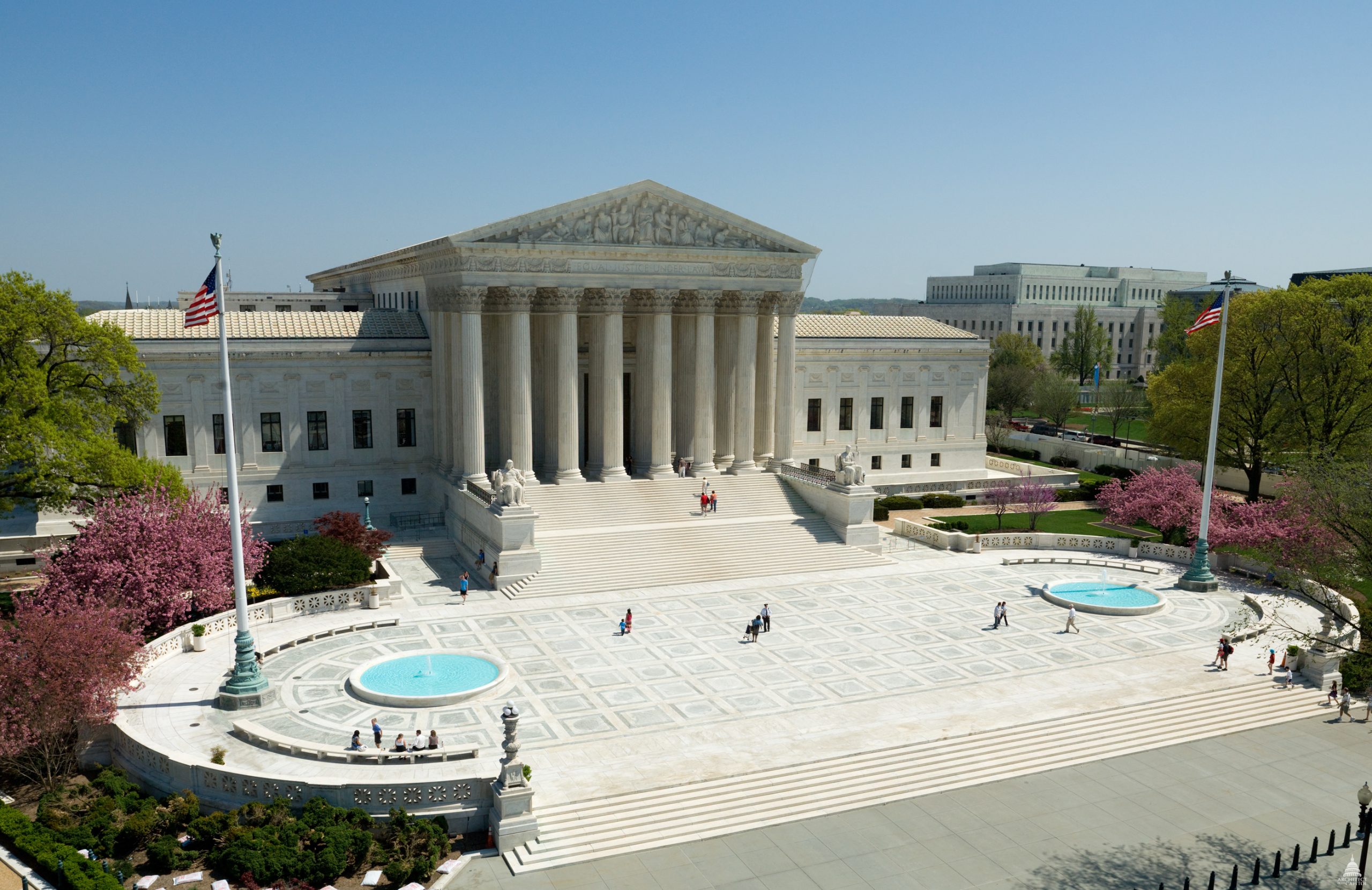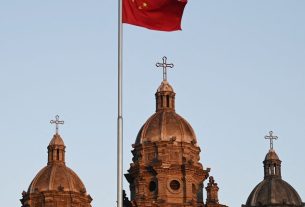The U.S. Supreme Court on Monday heard oral arguments in A.J.T. v. Osseo Area Schools, a closely watched case that could reshape how students with disabilities seek legal recourse under federal anti-discrimination laws.
At the core of the case is a challenge to the legal threshold required for students with disabilities to prove they were denied reasonable accommodations in public schools. The petitioner, a teenage girl with severe epilepsy, alleges her Minnesota school district failed to maintain the schedule accommodations previously granted in Kentucky—resulting in her missing as much as half of her school day for years.
The case hinges on whether students must meet a particularly high legal bar—demonstrating “bad faith or gross misjudgment”—to win claims under the Americans with Disabilities Act (ADA) and Section 504 of the Rehabilitation Act. Lower courts, including the Eighth Circuit, upheld this standard, prompting the appeal to the Supreme Court.
Attorney Roman Martinez, representing the student, argued that enforcing such a high standard would erode key protections intended to ensure equal educational opportunity. He warned that upholding it would “revolutionize disability law” by limiting accountability for public schools.
In contrast, Lisa S. Blatt, counsel for the school district, defended the current standard, warning that a ruling in the student’s favor could “expose 46,000 public schools to liability,” despite their good faith efforts to comply with the law.
Tensions ran high during oral arguments, with Justice Neil Gorsuch publicly rebuking the school district’s legal team over a sharp accusation directed at opposing counsel—highlighting the intensity surrounding the issue.
The Supreme Court’s decision, expected by the end of June, could set a precedent affecting how educational institutions nationwide accommodate students with disabilities—and how those students seek justice when they believe their rights have been violated.
Some information in this report is drawn from publicly available legal summaries and reporting by Jurist (Rachel Ettlinger, New York Law School).
U.S.-Supreme-Court-Building-Picture-on-Wikimedia-by-The-US-Capitol-CC-BY-SA-4-0



